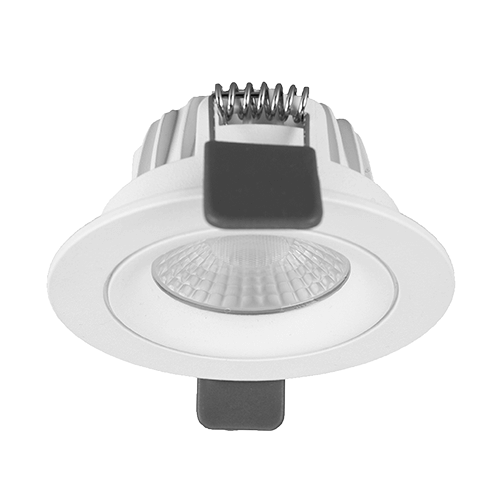
In the world of commercial lighting, the down light has long been a popular choice due to its ability to provide efficient and focused illumination. However, recent advancements in technology and innovative design ideas have led to a subversion of the traditional down light engineering. This article explores the various ways in which the down light engineering design of commercial lighting has been transformed, leading to improved performance, energy efficiency, and aesthetic appeal.
One significant development in the subversion of down light engineering design is the integration of smart lighting control systems. These systems allow for precise control over the intensity, color temperature, and direction of the down light, enhancing its versatility and adaptability. With the use of sensors and advanced algorithms, the down light can autonomously adjust its settings based on the ambient lighting conditions, ensuring optimal illumination at all times.
Another major transformation in down light engineering is the adoption of energy-efficient LED technology. Traditional down lights often relied on incandescent or fluorescent bulbs, which consume significantly more energy and have a shorter lifespan. LED bulbs, on the other hand, are highly energy-efficient, consuming up to 80% less energy while providing the same level of brightness. This advancement not only reduces energy consumption and operational costs but also contributes to environmental sustainability.
To further enhance the flexibility of down light engineering, designers have introduced adjustable beam angles. Unlike fixed beam angles in traditional down lights, these new designs allow the user to adjust the spread of light according to specific requirements. This flexibility is particularly advantageous in retail and hospitality settings where highlighting specific areas or objects can significantly enhance the visual appeal and customer experience.
Effective heat dissipation is crucial for the longevity and performance of down lights. Traditional designs often faced challenges in efficiently dissipating heat, leading to reduced lifespan and potential safety hazards. To address this issue, engineers have developed advanced heat dissipation systems that effectively dissipate heat, resulting in longer lifespan and improved durability. This technological advancement ensures the down lights can perform optimally for extended periods without compromising on safety.
Besides the technological advancements, down light engineering design has also focused on aesthetic appeal. Designers have introduced innovative shapes, materials, and finishes to the traditional down light, transforming it into a decorative element that adds to the overall ambiance of commercial spaces. These designs not only provide functional lighting but also act as an architectural feature, enhancing the visual appeal of the environment.
The subversion of down light engineering design in commercial lighting has revolutionized the industry by offering enhanced functionality, energy efficiency, versatility, and aesthetics. The integration of smart lighting control systems, usage of energy-efficient LED technology, introduction of adjustable beam angles, incorporation of advanced heat dissipation systems, and innovative designs have collectively transformed the traditional down light into a highly efficient, adaptable, and visually appealing lighting solution. As the industry continues to evolve, we can expect further advancements in down light engineering design, leading to even greater improvements in commercial lighting.
 HK international lighting fair(Autumn Ed
HK international lighting fair(Autumn Ed
 What Type of Downlight Is Suitable for H
What Type of Downlight Is Suitable for H
 What Makes Recessed Down Lights Ideal fo
What Makes Recessed Down Lights Ideal fo
 Enhancing Outdoor Lighting with IP65 Rec
Enhancing Outdoor Lighting with IP65 Rec